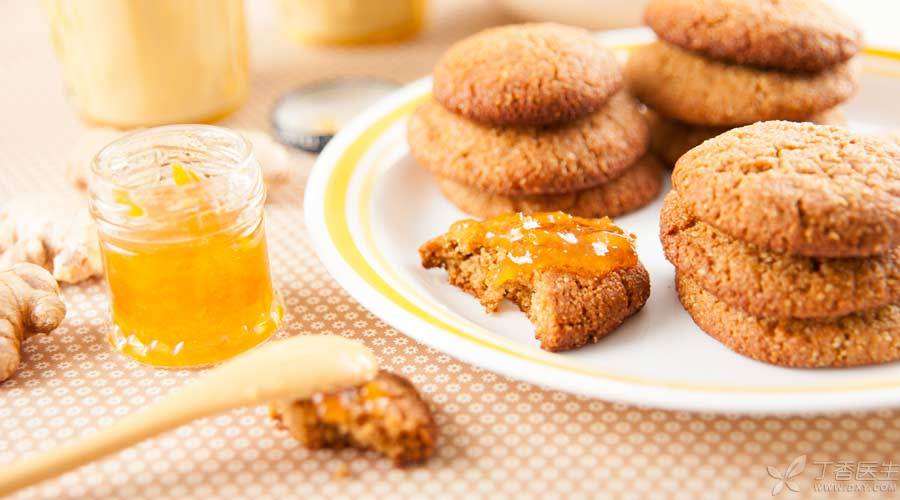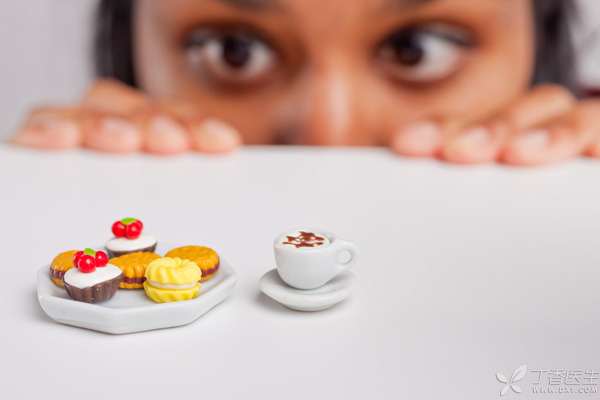
With more and more attention paid to health, the harm of sugar to health is also more and more recognized. A variety of [sugar-free foods] have emerged, often accompanied by attractive marketing language such as [healthier] [suitable for diabetics] [helping to lose weight].
Next, let’s talk about [sugar-free food].
What is [sugar-free food]?
First of all, [sugar-free food] has clear national standards.
In China’s national standard, it means that 100 grams of solid or 100 milliliters of liquid contain no more than 0.5 grams of sugar. In addition, there is also a concept of [low sugar food]. The Chinese standard is no more than 5 grams of sugar per 100 grams of solid (or 100 milliliters of liquid).
In addition, it is also necessary to emphasize:
1. The [sugar] here is not just sucrose (we often say white granulated sugar), but refers to the total name of all monosaccharides and disaccharides with sweet taste.
In addition to sucrose, fructose, glucose, lactose, maltose and so on are common. Honey and high fructose syrup are mixtures of fructose and glucose, which are also referred to as [sugar] in the national standard.
2. [Low sugar] [Sugar-free] does not only refer to the added sugar, but also the naturally occurring sugar in food needs to be counted.
For example, the natural sugar content in orange or apple juice can reach about 10%. This means that even [100% without addition], they do not meet the definition of [low sugar] [sugar-free].
Does sugar-free food have lower calories?
How many calories a food contains is not necessarily related to whether it is sugar-free.
Sugar’s primary function in food processing is to produce sweet taste, and some foods rely on it to improve texture. Whether [sugar-free] foods have lower calories and are healthier depends on the use of what instead of sugar.
For example, in sugar-free drinks, using low-calorie sweeteners instead of sugar to produce sweetness can indeed reduce calories. Moreover, sugar-induced tooth corrosion, glucose-induced blood sugar rise, and fructose-induced metabolic syndrome can also be avoided. In this sense, sugar-free drinks can be considered to have lower calories and healthier.
However, sweeteners do not induce the body’s satiety signals like glucose, which is not conducive to controlling people’s appetite-in short, it is not easy for you to feel full after drinking sugar-free cola. If you do not have enough self-control to control appetite, sugar-free foods may make you eat more.
Replacing sugar with sweeteners is easy to operate for beverages, but it is not so simple for solid foods-instead of sugar, other ingredients have to be used to fill the sugar position.
In addition to sugar, the macro components in food include starch and other [complex carbohydrates], as well as protein and fat.
- If fat is used instead of sugar, then it is just [just out of the tiger’s mouth and into the wolf’s nest], and the calories are higher than sugar. If protein is used instead of sugar, it is good in nutrition, but it will be completely different in price and taste. If starch or dextrin is used instead of sugar, it will help reduce the sugar-raising index of food, but it will not reduce the calories-starch, dextrin and even protein, which are almost the same as the calories of sugar of the same quality. If we replace sugar with dietary fiber, because we cannot digest these substances, we can reduce calories and have other health values, such as helping relieve constipation and lowering cholesterol. However, the physical and chemical properties of dietary fiber are too different from sugar, making it difficult to replace them.

Should diabetics choose sugar-free food?
Not necessarily.
The most important thing in the diet of diabetics is to control the large fluctuation of blood sugar.
Generally speaking, if sugar alcohol is used instead of glucose or maltose in food, the glycemic index will be lower than that of the corresponding sugary food. However, it should be noted that some food manufacturers will add dextrin, refined flour, rice flour, etc. to sugar-free food, which is better than sucrose in causing blood sugar fluctuations, but it is only the relationship between 50 steps and 100 steps.
Therefore, [sugar-free] is not to rest easy, and diabetics cannot take it lightly.
Please pay attention to this information on food packaging:
In addition to the [sugar-free] label on the package, you should also look at the ingredient list.
If there are starch dextrin, cyclic dextrin, refined flour, rice flour, etc. among them, they need to be treated with care. The higher the ranking of these ingredients in the ingredient list, the higher the content.

Can sugar-free food lose weight?
Many people choose sugar-free food in order to lose weight.
In fact, from the perspective of diet, the key to weight loss lies in controlling the total calorie intake and dietary balance. Therefore, whether [sugar-free] is not the key, and after sugar-free [what] is the key.
If there is a need to lose weight, there is no need to struggle with whether sugar-free food should be selected, but more attention should be paid to the [energy] value marked on the food label.
Is the added sweetener safe?
If you want sweetness but don’t want calories, you can only use sweeteners. When it comes to sweeteners, like other food additives, some people always question their safety.
In fact, there are many substances that can produce sweet taste, but it takes many tests to get the [work license] to become a sweetener. Moreover, the state has limited the strict [safe use amount] of these [work] sweeteners.
In addition to sodium cyclamate, the [safe usage] of other commonly used sweeteners (such as sugar alcohol, aspartame, acesulfame, etc.) is equivalent to the sweetness produced by hundreds of grams of sucrose per day, and it is also difficult to [exceed the standard].
Therefore, for sugar-free foods produced by regular manufacturers, there is no need to worry about the safety of sweeteners.
